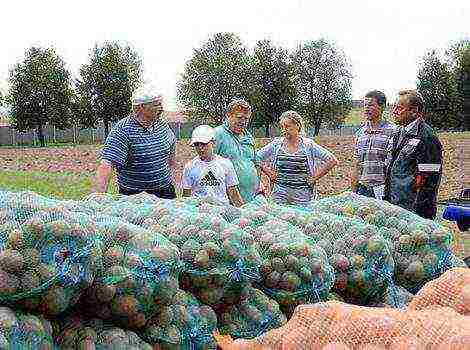Orihophragmus violet
Orihophragmus violet (Orychophragmus violaceus) Cabbage family (Brassicaceae).
An annual or biennial plant of about 30 cm in height, which is grown as an annual. Stems are erect, branched from the base. The lower leaves are in a dense basal rosette, broadly ovate, lyre-pinnate, pointed, broadly triangular-toothed along the edge, glabrous, thin, light green. Stem leaves are whole, smaller, ovate-lanceolate, serrate-toothed, with a heart-shaped base, stem-embracing. Racemes are relatively loose, multi-flowered, apical. Flowers 2.5 cm in diameter, lavender blue or purple. Petals up to 3 cm in length, long marigold. Blooms in June. In culture since 1876.
Orihophragmus violet
A beautifully flowering annual herb with decorative dense foliage and a delicate aroma. For group planting in flower beds, ridges and mixborders.
It is relatively uncommon in our region.
Photophilous. Drought-resistant. Decorativeness and sustainability entirely depend on the quality of drainage and permeability of the soil. Undemanding to soil and care. Prefers areas protected from cold winds, well-warmed by the sun, with more or less fertile, loose, light, well-drained soil. Thermophilic, cold-resistant up to -12 ° C.
Landing: Seeds that are sown outdoors in spring. Seedlings appear in 5-7 days.
general characteristics... The name of the genus is derived from the Greek words "oryche" - fossa, pore and "phragmos" - septum, given by the fovea septum of the pods.
Annual or biennial herbaceous plants. Stems are erect, branched from the base, or simple, densely leafy. The leaves are simple, thin, smooth, the lower leaves are lyre-shaped, pinnatipartite, with a cordate base, serrated along the edge, sessile, stem leaves are alternate, small, ovate-lanceolate, simple, serrate-toothed along the edge, sessile, stalk-enveloping. Inflorescences are racemose, apical, loose. The flowers are large, four-membered. Sepals are linear. Petals broadly obovate, long marigold, purple. 6 stamens. The fruit is a linear pod, somewhat flattened, almost cylindrical. Blooms in June.
2 types. China.
Cultural history and extent of distribution... In culture since the late 19th century. In ornamental gardening, 1 species is used. Relatively uncommon.
Growing features... Photophilous. Drought-resistant. The decorativeness and stability of the recommended type entirely depends on the quality of drainage and the permeability of the soil. Undemanding to fertility and care. Prefers areas protected from cold winds, well-warmed by the sun, with more or less fertile, loose, light, well-drained soil. Heat-loving, cold-resistant up to minus 12 ° C.
Reproduction methods... Seeds that are sown outdoors in spring. Seedlings appear in 5-7 days.
Usage... A beautifully flowering annual herb with decorative dense foliage. For group planting in flower beds, ridges and mixborders.
Decorative views.
China. An annual or biennial plant of about 30 cm in height, which is grown as an annual. Stems are erect, branched from the base. The lower leaves are in a dense basal rosette, broadly ovate, lyre-pinnate, pointed, broadly triangular-toothed along the edge, glabrous, thin, light green. Stem leaves are whole, smaller, ovate-lanceolate, serrate-toothed, with a heart-shaped base, stem-embracing. Racemes are relatively loose, multi-flowered, apical. Flowers 2.5 cm in diameter, lavender blue or purple. Petals up to 3 cm in length, long marigold. Blooms in June. In culture since 1876.


